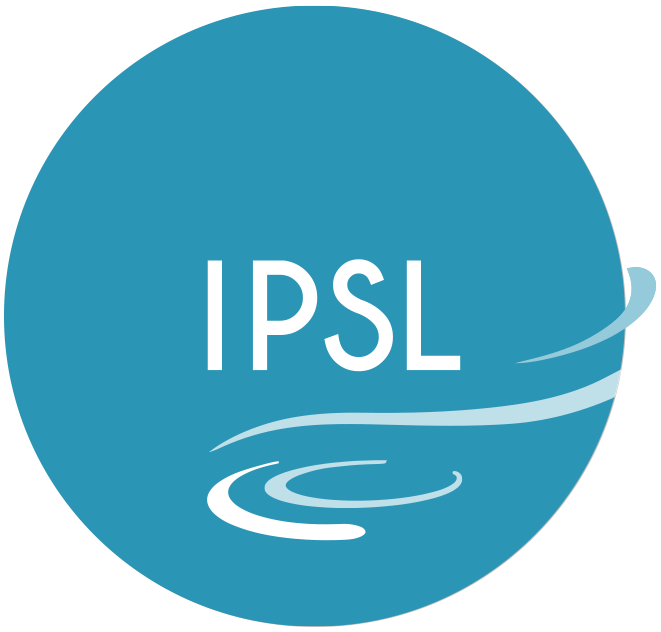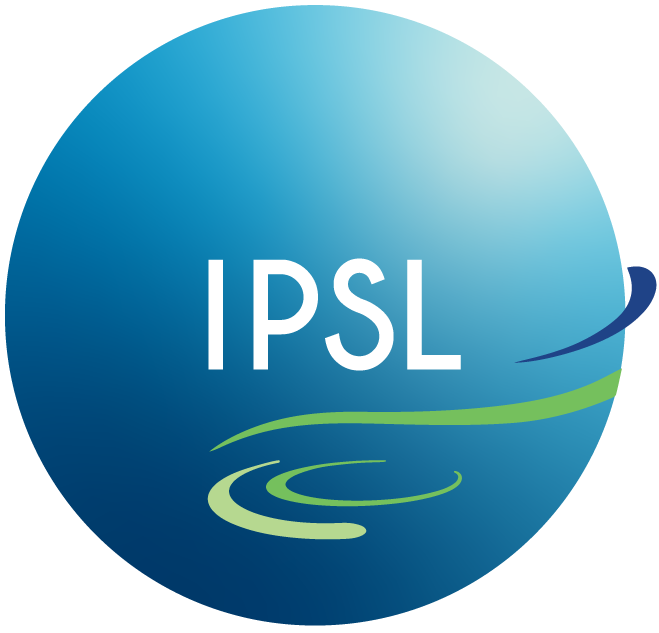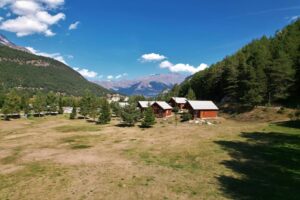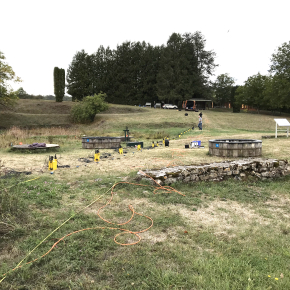1474147
Young Researcher / Data Scientist Position
Contexte
Using satellite data to map regional ecosystem carbon fluxes
Description
The Laboratoire des Sciences du Climat et de l’Environnement (LSCE) and ATOS are looking for a motivated postdoc / young scientist candidate for a joint project focused on methods to quantify regional CO2 fluxes for different ecosystems in a small region e.g. in France with high resolution satellite imagery and artificial intelligence. If the research finds sustainable development applications, a permanent position will be considered by ATOS. This work will be performed in collaboration with INRAE scientists.
Background
Carbon sequestration in managed lands is growing in importance as a valuable ecosystem service. Yet, the CO2 fluxes exchanged between terrestrial ecosystems and the atmosphere are uncertain and vary with weather, climate, land cover types, and management intensity. New high resolution and relatively high temporal revisit imagers from the Sentinel Copernicus constellation allow to monitor vegetation properties related to spatiotemporal patterns of CO2 uptake by plants and release by soil and plant respiration. Following ideas developed at global scale to upscale eddy covariance CO2 flux observations made in-situ, it is proposed to combine satellite data on vegetation condition, and soil moisture with land cover and land use information with eddy covariance observations to derive maps of CO2 fluxes and investigate changes in the carbon balance of terrestrial ecosystems at the scale of small regions in France. A special focus will be given to the reduction of CO2 uptake during summer droughts, in relation to soil moisture and ecosystem management.
Overall aim
Apply high spatial and temporal resolution Sentinel-2 and other satellite data with machine learning algorithms and in-situ eddy covariance observations to produce time varying maps of CO2 fluxes exchanged between the vegetation and the atmosphere at a typical resolution of 10 meters each day over a small region with diverse ecosystems in France. Annual anomalies and long-term CO2 budgets will be compared with independent biomass and soil carbon change estimates.
What ATOS and the LSCE can offer you:
Is a world-class research laboratory established and a collaboration between CEA, CNRS and the University of Versailles Saint-Quentin (UVSQ). It is part of the Institute Pierre Simon Laplace (IPSL). LSCE hosts approximately 300 researchers, engineers and administrative staff including many PhD and master’s students. This project will provide the employee with the opportunity to work directly on advanced methods with researchers from the LSCE and other institutions. The purpose of this joint position between LSCE and ATOS is to develop R&D that becomes sustainable and could lead to a permanent position opening at ATOS during or after the position duration. Location: about 20 km from the heart of Paris, in the Orme des Merisiers green area.
ATOS https://atos.net/en/
Is a global leader in digital transformation with 105,000 employees and annual revenue of over € 11 billion. European number one in cybersecurity, cloud and high-performance computing, the Group provides tailored end-to-end solutions for all industries in 71 countries. A pioneer in decarbonization services and products, Atos is committed to a secure and decarbonized digital for its clients. The purpose of Atos is to help design the future of the information space. Its expertise and services support the development of knowledge, education and research in a multicultural approach and contribute to the development of scientific and technological excellence. Across the world, the Group enables its customers and employees, and members of societies at large to live, work and develop sustainably, in a safe and secure information space.
How to apply:
Applicants should submit a complete application package by email to the contacts below. The application package should include (1) a curriculum vitae including e.g. important recent publications / projects, (2) statement of motivation (3) answers to the selection criteria above (4) names, addresses, phone numbers, and email addresses of at least two references.
Selection Criteria
- MSc. (or equivalent engineering diploma) or PhD degree in a field such as land surface remote sensing, signal processing, machine learning or statistics.
- Autonomy, ability to work in a team and time management skills.
- Experienced in multidisciplinary team-based activities with the ability to effectively communicate with colleagues and with staff from the partners of a project.
Remuneration
Competitive salary, full social and health benefits, commensurate with work experience.
Compétences requises
Programming skills, preferably in Python and Fortran, including for high performance computing
Machine learning, data science






